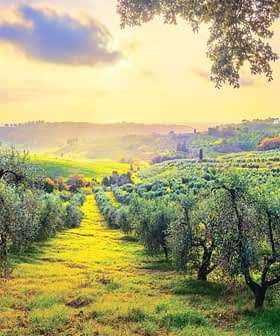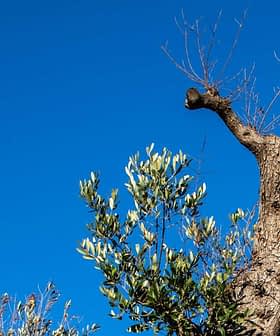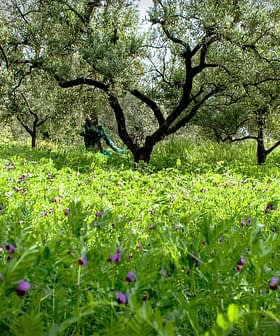Organic Olive Groves Continue to Flourish in Spain
Andalusia and Aragón experienced the most significant increases in organic olive cultivation.
In 2021, the land dedicated to organic olive groves in Spain increased by 16 percent, covering 256,510 hectares across 16 autonomous communities, with Cantabria being the only region without organic olive groves. While some regions experienced declines in organic olive groves, Andalusia and Aragón saw the largest increases in organic olive cultivation, with overall organic agricultural cultivations in Spain increasing by 8 percent.
The land dedicated to organic olive groves in Spain increased by 16 percent in 2021, according to the Ministry of Agriculture, Fisheries and Food.
Organic olive groves now cover 256,510 hectares across 16 of Spain’s 17 autonomous communities, an area larger than Luxemburg. Cantabria, in the very north of the country, is the only region without organic olive groves.
However, organic olive cultivation did not increase uniformly across the country. Between 2020 and 2021, four regions – the Basque Country, Castilla-La Mancha, the Canary Islands and Galicia – experienced a decline in organic olive groves.
See Also:Harvest Outlook Worsens in SpainThe most pronounced of these declines came in Castilla-La Mancha, Spain’s second largest olive oil-producing region, which lost 1,762 hectares of organic groves from 2020 to 2021, a 2.4 percent decrease.
The Basque Country had a far larger relative decrease (15 percent) but only saw organic grove coverage fall from 25 to 21 hectares.
Perhaps unsurprisingly, the largest increase in organic olive groves by area came in Andalusia, the world’s largest olive oil-producing region by a wide margin. Organic olive grove coverage rose by nearly one-third from 88,691 hectares in 2020 to 117,380 hectares in 2021.
However, the largest percent increase was seen in Aragón, with organic olive cultivation rising by 79 percent from 4,420 to 7,916 hectares in the same period.
Region | 2021 Organic (ha) | 2020 Organic (ha) | % Change |
|---|---|---|---|
Andalusia | 117,380 | 88,691 | 32.3 |
Aragón | 7,916 | 4,420 | 79.1 |
Asturias | 0.04 | 0.04 | – |
Balearic Islands | 1,255 | 1,056 | 18.9 |
Basque Country | 21 | 25 | -15.4 |
Canary Islands | 61 | 62 | -0.9 |
Castilla-La Mancha | 72,392 | 74,154 | -2.4 |
Castilla y León | 699 | 697 | 0.3 |
Catalonia | 9,666 | 8,870 | 9.0 |
Extremadura | 29,147 | 29,131 | 0.1 |
Galicia | 179 | 179 | – |
Madrid | 3,864 | 3,716 | 4.0 |
Murcia | 5,402 | 4,583 | 17.9 |
Navarra | 869 | 813 | 6.8 |
La Rioja | 754 | 736 | 2.4 |
Valencia | 6,902 | 5,589 | 23.5 |
Extremadura, Spain’s third-largest olive oil-producing region, experienced a very slight increase in organic olive grove cultivation.
Catalonia, another prominent olive-growing region, saw its share of organic olive groves increase by 9 percent, rising from 8,870 to 9,666 hectares.
Overall, organic agricultural cultivations in Spain increased by 8 percent and now represent nearly 11 percent of all agricultural land in the country. The number of agricultural operations operating under organic standards rose by 16 percent.
The largest gains were seen in the cultivation of animal fodder (39 percent), nuts (35 percent), banana and subtropical fruits (25 percent) and citrus (21 percent).
Share this article









